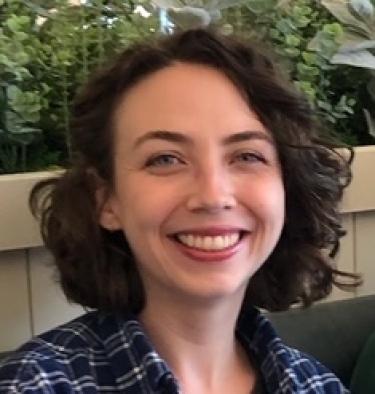Examples of Applications
Congratulations to our 2025 Spring Travel Award Recipients!
First Place: Rosario Manuela Garay Sarmiento (BioFrontiers Institute, ChBE) - "Kinetic Control of Photochemical Reactions Enables Mechanical Reprogramming of DLP-printed hydrogels"
"Cardiac fibrosis is a condition in which the heart tissue becomes stiff due to excessive build-up of scar-like tissue, often leading to heart failure. Understanding how mechanical cues drive this disease progression is crucial to finding more effective treatments. One promising approach to studying disease progression in laboratory settings is through the use of hydrogels— polymeric networks with a high water content that can mimic native tissue environments. However, conventional hydrogels lack the ability to dynamically change their mechanical properties, limiting their ability to faithfully replicate the more complex and evolving microenvironment of cardiac tissue. My research focuses on the design of new hydrogel chemistries that can undergo on-demand stiffening to mimic the fibrotic cardiac microenvironment. This hydrogels can be fabricated in a high-throughput manner using 3D-printing technologies to build dynamic lab-grown mini heart tissues, e.g. engineered heart tissues, and investigate how cardiac cells respond to dynamic stiffening or softening. By developing these heart tissue models, we aim to study time-dependent cellular responses, temporal tissue remodeling and pinpoint crucial pathways and molecules involved in disease progression. This will help us to better understand the mechanisms underlying heart diseases, identify potential therapeutic targets, design more precise treatments, and accelerate drug screening."
Second place: Grace Bennett-Pierre (CIRES) - "Understanding the Role of Dynamic and Static Visualization for Teaching Climate Science"

"Climate science concepts are cognitively challenging but visualizations can help (Aksit et al., 2017; Cromley et al., 2013). Animated visualizations may help us learn concepts that hinge on change over time and space, while static visualizations may may help us learn spatial relationships (Ploetzner et al., 2020). We will test the effectiveness of animated and static climate science visualizations presented with Science On a Sphere, a unique but understudied spherical visualization tool. Participants will answer pre- and post-test questions about Earth’s energy budget. Participants will be assigned to see either dynamic visualizations on SOS, static visualizations on SOS, or static visualizations on PowerPoint. We expect that participants in the SOS conditions will show significant pre- to post-test learning, and may show greater learning than participants in the control condition. We expect that participants in the dynamic condition will show greater learning of concepts that rely on spatiotemporal change, while participants in the static condition will show greater learning for concepts that rely on spatial relations. We will have greater insight into when to use static and dynamic visualizations for effective climate science learning, and novel experimental evidence about the effectiveness of SOS as a learning tool."
The 2025 Spring Travel Award application is now CLOSED!
Applications were due March 28, 2025 @ 11:59 PM MST
In an effort to better support conference attendance, PAC will now be funding future conference travel. Please read the rules below.
Rules
- Two awards: 1st Prize - $500, 2nd Prize - $200
- For conferences between April 1, 2025 - September 30, 2025.
- The award can be used towards conference registration fees.
- Submissions will be judged blindly.
- We will require proof of abstract submission/acceptance to release funds to awardees.
To apply, you will need to:
1. Provide details for the conference you are planning to attend.
2. Provide an abstract for the research you plan to present.
Provide a maximum 200 words lay abstract that is accessible to a general audience and explains the impact of the science you are presenting, either to your scientific field and/or the broader community.
3. Answer: Outside your presentation and networking, what activity (activities) will you be doing to develop your career/transferrable skills?
Provide a maximum 200 words paragraph describing how you will be using resources during the conference to develop your career transferrable skills (e.g., chairing a session, participating in a career development workshop, judging presentations, etc.). Many conferences provide opportunities for early career scientists to develop their transferable skills. The National Postdoctoral Association has listed 6 core competencies necessary for a postdoc to develop during their time postdocing that they may not receive in the work in the laboratory (https://www.nationalpostdoc.org/page/SixCoreComps) that the conference provides. Finally, numerous national and international professional organizations provide resources for this development, further indicating the importance of taking advantage of these opportunities to improve your postdoctoral training.

